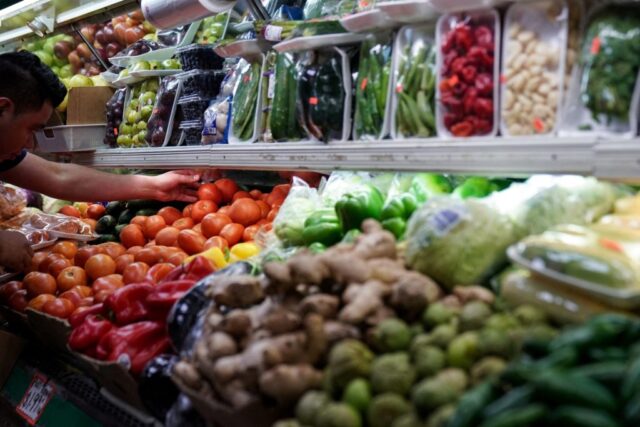William Brangham:
The Food and Drug Administration has issued new rules for food labels for the first time in three decades. It’s an update the agency says will help empower consumers to make healthier choices in the grocery store.
Under the new guidelines, items previously denied the healthy label, like nuts and seeds, salmon, and other high-fat fish, would be included. But some staples, like white bread and heavily sweetened yogurt and cereals, will no longer qualify.
To help us understand this evolution, I spoke recently with Lindsey Smith Taillie. She’s a nutrition epidemiologist at the University of North Carolina’s Gillings School of Global Public Health.
Lindsey, welcome back to the program.
The FDA is updating this definition of — quote, unquote — “what is a healthy food,” three decades since they have last done this. What is the new criteria they’re using to determine what’s healthy and what’s not?
Lindsey Smith Taillie, Nutrition Epidemiologist, University of North Carolina: Sure.
So the new criteria are that foods need to be under the thresholds for added sugar, which is new and didn’t exist at the time that the initial ruling was released back in the ’90s, as well as sodium and saturated fat. And so the idea is that this is really in line with the current dietary guidelines for Americans.
And then the other change is that the foods have to have some amount of food groups that are recommended, so things like fruits and vegetables, nuts, legumes, and things like that. And that previously was not part of this rule.
















































